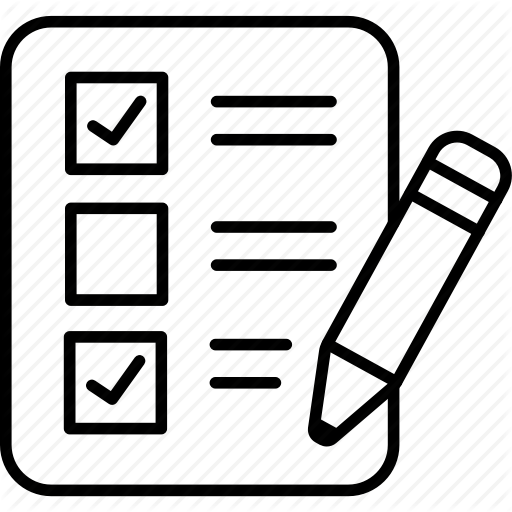
We were very fortunate as there is a community darkroom in the middle of our city. The paper can now be viewed in normal light. Finally the chemical process is fixed using a chemical called fixer and the chemicals washed away with water. This development process is then stopped using another chemical called a stop bath. When exposed to light a latent image is formed and this is then developed in chemical developer. The photographic darkroom printing process uses paper that has a chemical coating – (this is called emulsion and is usually made up of silver salts) coated on one side that is sensitive to light, but not red light. Darker areas on the neg allow less light so the paper remains white. The lighter areas on the negative allow more light to get to the paper and produce a darker area. The enlarger shines a light through the negative and focuses it on the baseboard of the enlarger. How does traditional B&W Darkroom printing work?īlack and white printing works by exposing light through a negative to light sensitive paper and then using chemicals to reveal the image. If you are still toying with the idea of black and white photography and haven’t bought a camera yet have a look at the article Best film camera for travel photography on ImageExplorers site. This is also a reminder for those of you who used to print and long for the old days, of how satisfying it was when you emerged from the darkroom, after an evening of printing, with a stack of wonderful B&W prints.

This “how to” post is for those of you who grew up with digital and never experienced the incredible joy of seeing your print appear before your eyes in the developing chemistry. Negative on the lightbox and finished print.


 0 kommentar(er)
0 kommentar(er)
